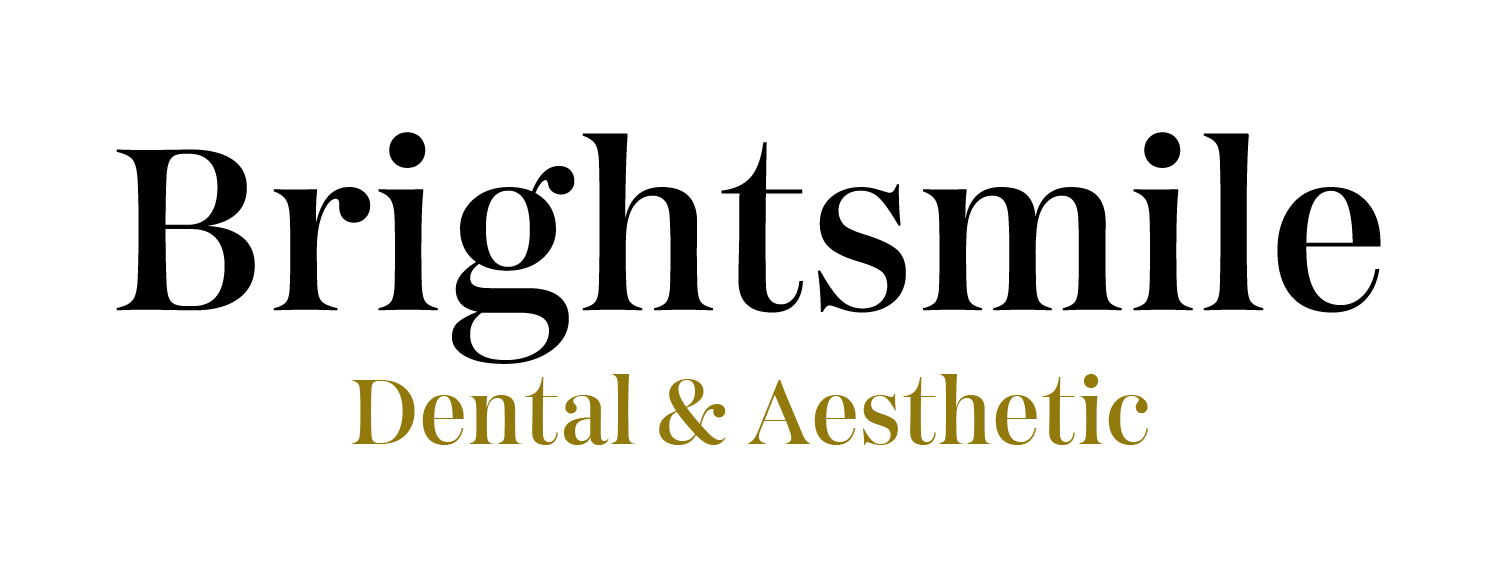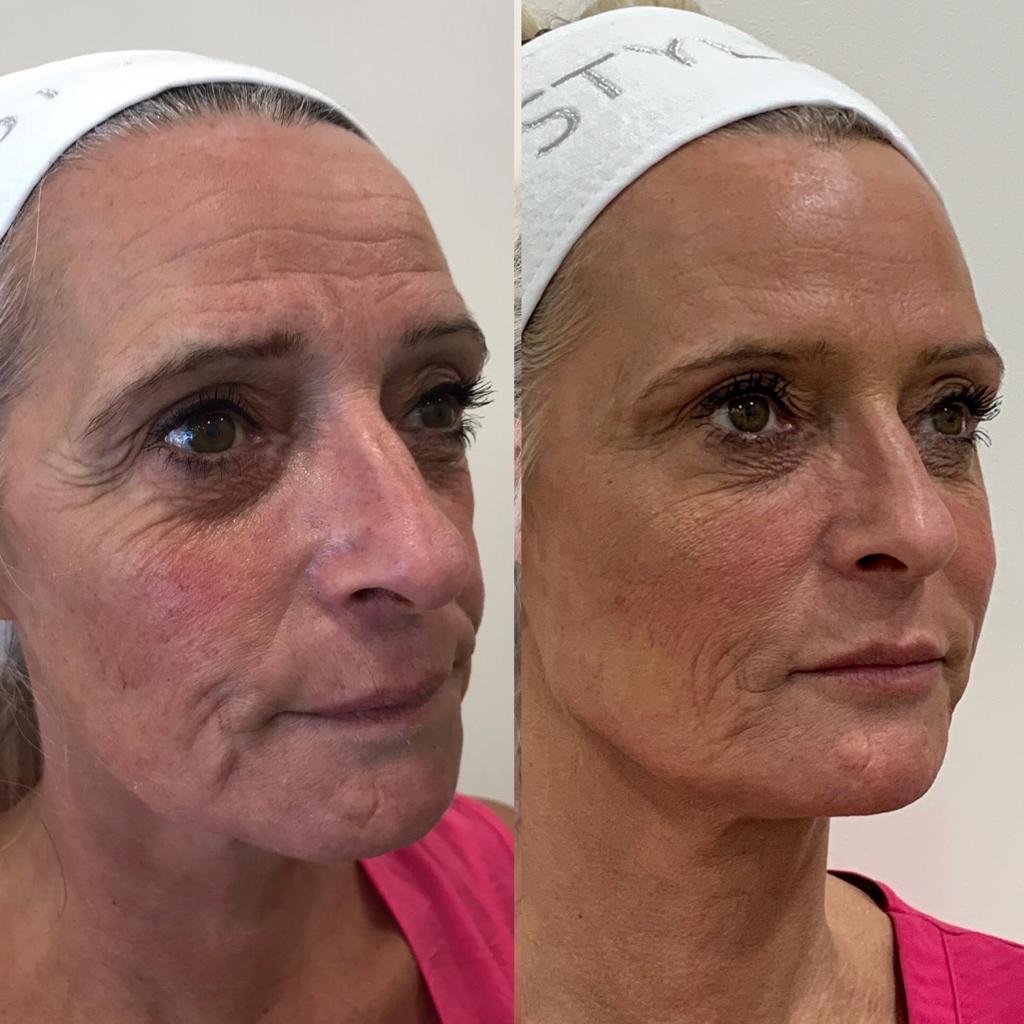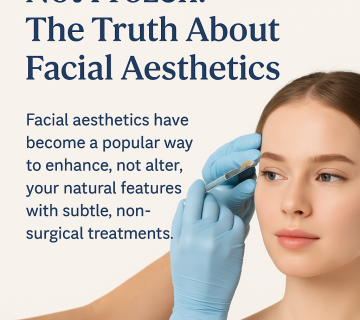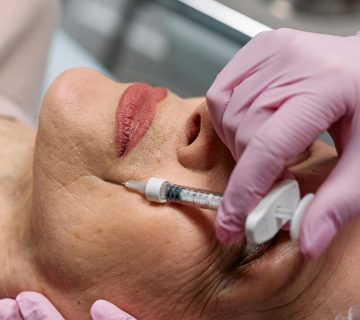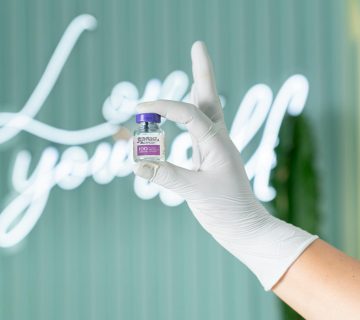Facial aesthetics has become an increasingly popular way for individuals to enhance their appearance, boost their self-esteem, and achieve a youthful, refreshed look without the need for invasive surgery. Whether you’re looking to reduce wrinkles, improve skin texture, or define your features, non-surgical aesthetic treatments offer a variety of options to suit your needs. But what exactly is facial aesthetics, and how can these treatments help you achieve your beauty goals? Let’s take a deeper dive into this exciting field and explore the benefits of non-surgical treatments for facial rejuvenation.
What is Facial Aesthetics?
Facial aesthetics refers to non-invasive or minimally invasive procedures that enhance, rejuvenate, and refresh the facial features. These treatments help improve the appearance of the skin, correct volume loss, reduce wrinkles, and refine the contours of the face without requiring extensive surgery or downtime. Thanks to advances in cosmetic medicine, these procedures have become safer, more effective, and accessible to people of all ages, making them an ideal option for those seeking a natural-looking improvement in their appearance.
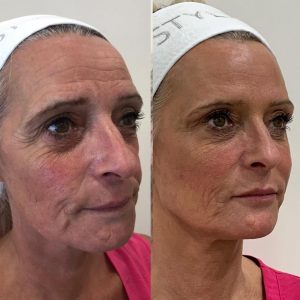 Common Facial Aesthetic Treatments
Common Facial Aesthetic Treatments
There are a variety of facial aesthetic treatments available, each designed to address specific concerns. Here are some of the most popular treatments in the field:
1. Botox and Other Neuromodulators: Botox, Dysport, and Xeomin are some of the most commonly used neuromodulators in facial aesthetics. These treatments temporarily relax the muscles that cause fine lines and wrinkles, particularly in areas like the forehead, around the eyes (crow’s feet), and between the eyebrows (frown lines).
By relaxing these muscles, Botox helps reduce the appearance of dynamic wrinkles (wrinkles caused by facial expressions). The results are natural-looking and can last for 3-6 months, offering a quick and effective way to smooth the skin and regain a youthful appearance.
2. Dermal Fillers: Dermal fillers are injectable treatments used to restore lost volume, smooth out wrinkles, and enhance facial contours. Common fillers include hyaluronic acid-based products like Juvederm and Restylane, as well as others like Radiesse and Sculptra.
Fillers can be used to plump the lips, add volume to the cheeks, fill in hollow areas under the eyes, and smooth nasolabial folds (smile lines). The results are immediate, with little to no downtime, and can last anywhere from 6 months to 2 years, depending on the type of filler used.
3. Chemical Peels: Chemical peels are treatments that exfoliate the outer layers of the skin to reveal fresher, smoother skin beneath. A chemical solution is applied to the skin, which causes the skin to peel and shed, removing dead skin cells, dirt, and debris.
Chemical peels are effective for improving skin texture, reducing fine lines, and treating conditions such as acne scars, age spots, and uneven pigmentation. There are different levels of chemical peels, ranging from mild (superficial) peels to deeper, more intensive treatments.
4. Microneedling: Microneedling, also known as collagen induction therapy, involves using tiny needles to create micro-injuries in the skin’s surface. These tiny punctures stimulate the body’s natural healing process, encouraging collagen and elastin production, which results in smoother, firmer, and more youthful-looking skin.
This treatment is great for improving skin texture, reducing the appearance of fine lines and acne scars, and tightening loose skin. Microneedling is safe for all skin types and can be used on both the face and body.
5. Thread Lifts: A thread lift is a non-surgical procedure used to lift and tighten sagging skin, especially in areas like the cheeks, jawline, and neck. During a thread lift, thin threads are inserted under the skin and gently pulled to create a lifting effect.
The threads also stimulate collagen production, which leads to long-lasting skin tightening over time. Thread lifts are an excellent option for people who want to improve the contours of their face without going under the knife.
6. Laser Skin Resurfacing: Laser skin resurfacing uses focused light energy to treat a variety of skin concerns, including fine lines, sun damage, age spots, and acne scars. The laser removes damaged skin cells, stimulating the growth of new, healthy skin.
This treatment can improve the texture, tone, and overall appearance of the skin, with minimal downtime. It’s ideal for those looking to rejuvenate their skin and restore a youthful glow.
7. Polynucleotide Injections: Polynucleotide (PN) injections are an emerging treatment in aesthetic medicine, utilizing DNA fragments to stimulate collagen production, improve skin elasticity, and reduce inflammation. These injections have shown promise in enhancing skin texture, reducing wrinkle depth, and promoting overall facial rejuvenation. PMC+1The PMFA Journal+1
8. Radiofrequency (RF) Microneedling: This advanced procedure combines traditional microneedling with radiofrequency energy to penetrate deeper skin layers, stimulating collagen production more effectively. RF microneedling is particularly effective for reducing acne scars, improving skin texture, and tightening loose skin.
9. Ultrasound-Based Skin Tightening (e.g., Sofwave): Technologies like Sofwave use high-frequency ultrasound waves to target the dermal layer of the skin, stimulating collagen production and resulting in skin tightening and lifting. This non-invasive treatment is effective for reducing wrinkles and improving skin laxity on the face and neck. Sofwave
10. Liquid Rhinoplasty: Also known as non-surgical nose jobs, liquid rhinoplasty involves the injection of dermal fillers to reshape and enhance the appearance of the nose. It’s an ideal option for individuals seeking subtle modifications without the commitment of surgery.
